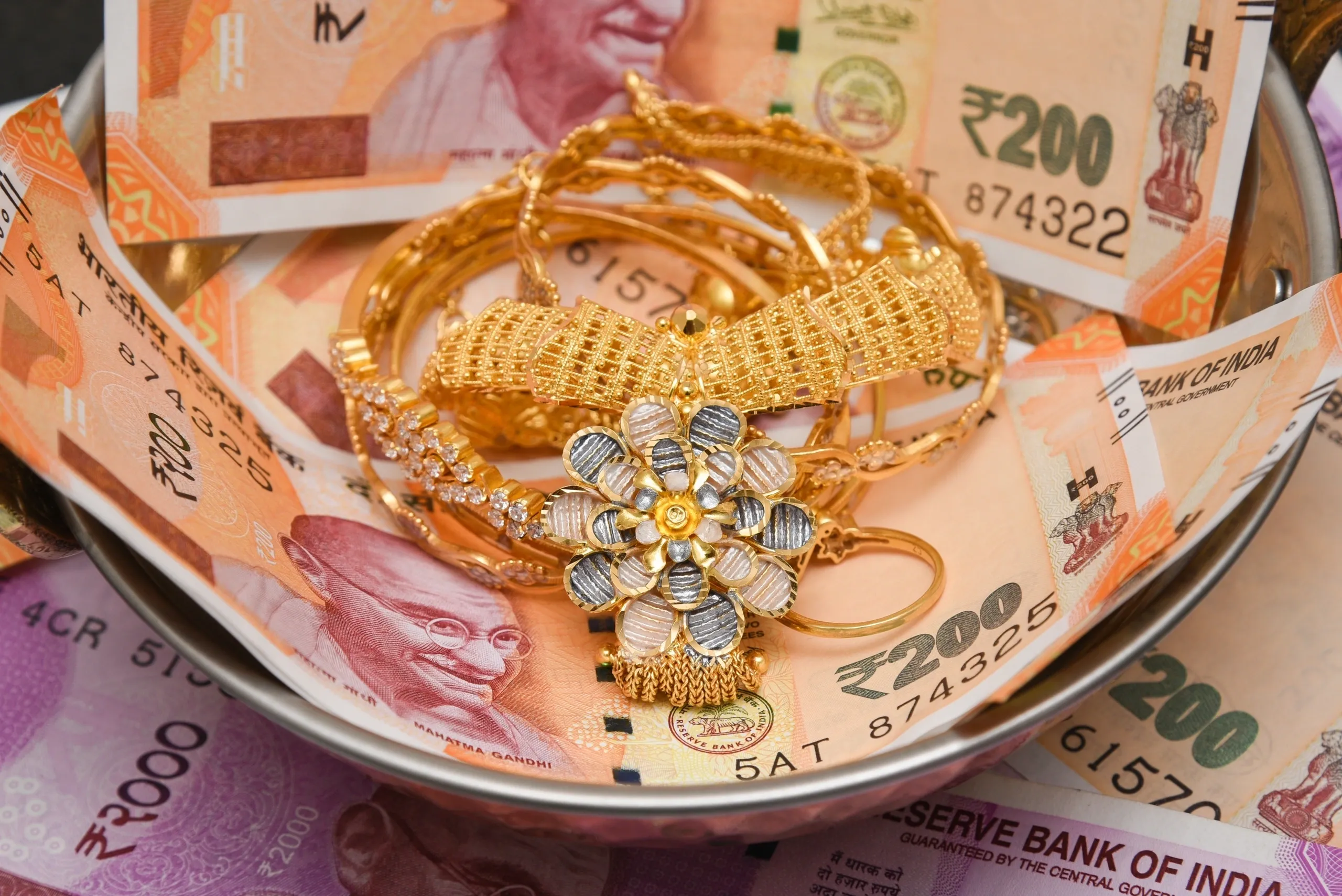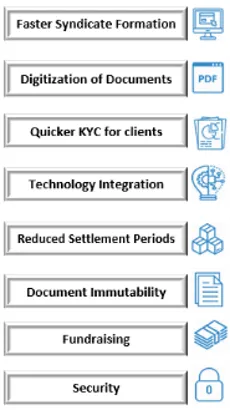Knowledge Share
New Normal, Digital Transformation, Industry 4.0
Trust | Transparency | Traceability
Fintech and Blockchain Traceability

India has emerged as one of the fastest-growing fintech markets globally. The five significant parameters for penetration of digital payments in the country, over different periods, are through payment enablers, demand-side payment infrastructure, supply-side payment infrastructure, payment performance, and consumer centricity. The Indian fintech industry has been on an upward growth trajectory in the last few years. The dominant theme of fintech is the booming digital payments space, which set to grow to $1 trillion by 2023, according to Niti Aayog.
Over the last five years, the value of blockchain beyond facilitating financial transactions has realized. Among other use cases, blockchain’s potential to provide a transparent and permanent record for transactions along supply chains has explored. In any supply value chain, blockchain creates two kinds of participant
- Active – organizations that need to write and validate transactions (such as suppliers, transporters, OEM, and warehouses)
- Passive – external parties, such as those that can have read-only access to the blockchain (including public sector bodies, banks and insurers)
Blockchain predicted to bring about a worldwide transformation in financial systems. It’s a distributed ledger technology that can improve current procedures and techniques. Banks are already using Blockchain technology with the hope of reducing expenses and enhancing internal processes. The main reason why fintech and blockchain are such a good fit can be traced down to one point. It is an inherent property of blockchain-powered networks like all DLT (Distributed Ledger Technology) systems; they operate completely decentralized and immutable.
Blockchain is suitable for Finance:(Sequencing of Events)
The financial world increasingly governed by events that happen on computers. The only record of what occurred is the data created. Yet cannot trust data because it may be incorrect or manipulated. When an event occurs on a computer that will affect the real world, it should record in such a way that can audit to confirm when and where the digital event occurred. Blockchain allows the digital business audit in as much detail as accountants audit the physical business world today.

On the other hand, the growth of online financial attacks is also becoming a global phenomenon. The propensity of which is higher in India due to the rapid adoption of digital payments increased following the demonetization. Globally increase in digital payment frauds, and such scams have grown by over 500 per cent in the past year of 2020.
ETgarage with VeriDoc Global Patented Blockchain QR technology is systemically prepared to capture a significant part of the fintech or banking market in the future because of its: –
- Comprehensive capabilities: Its offerings and value-added services covering the entire banking value chain
- Deep connections into the retail ecosystem: connected to banks to further integrate with various merchants and clients
- Future-proof technology: with the availability of high speed, robust, secure, and agnostic form of different networking technologies
At ETgarage, blockchain is an integral part of data management. While it has been utilized most notably in the finance industry to facilitate payments, remittances and complex financial products; the potential applications are still vast and numerous.
“Trust is like the air we breathe—when it’s present, nobody really notices. When it’s absent, everyone notices” ~ Warren Buffett
Share Blog on: